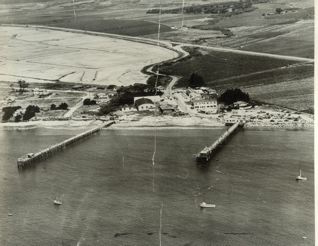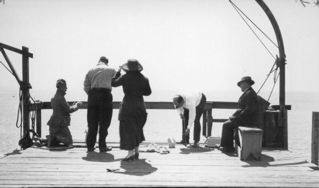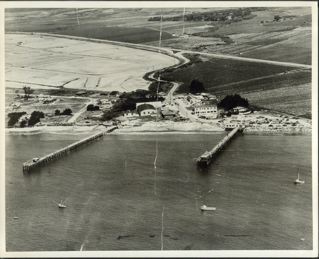
Marvin Lewis (ML): I called [my client] Carol and I said, ‘Carol, please, this young man–I don’t want to tell tales out of school’ — but, she said, ‘Why didn’t you accept this girl? He gives her to you graciously.
ML: Carol, this isn’t my world
ML (to June): Two weeks later McCracken came in with another little girl–same thing. Same–and this time I made it more forceful than ever. Several days later he said he had to see me so he came in to my office.
Michael McCracken (MM): I must have been nuts. I know why you didn’t want these women……You want me!!!!
ML: I don’t want you.
MM: I don’t understand what you do want.
ML: Just don’t worry about it.
ML (to June): Anyway, we went along preparing for the trial. Then they sprung the news on me that he [McCracken] had gotten her [Carol] pregnant. I figured I couldn’t very well bring her in front of the jury. She was starting to show and we got the trial ppostponed until the baby could be born. The baby was born down in Princeton where they moved from North Beach.
Carol said it was hard for them to come into the City. They had to hitch rides in. They’d walk for miles to get to my office. She said it was most difficult to get to where the grocery store was. They had no car and they’d walk along the coast until they got to these little stores in Princeton to buy their food.
They were living with others from their group who had gone with them. They had taken over this deserted building.
Finally the day of the trial arrived and I warned them: Don’t have any of the beatniks come into the courtroom. But no matter what I said, they kept coming in.
So the mother came up with two of the daughters-and at my direction got Carol into a beauty parlor where she was coiffured, made-up and they bought her some clothes. She looked like a different person. I hardly recognized her. [McCracken] was very unhappy about this.
…To Be Continued…







